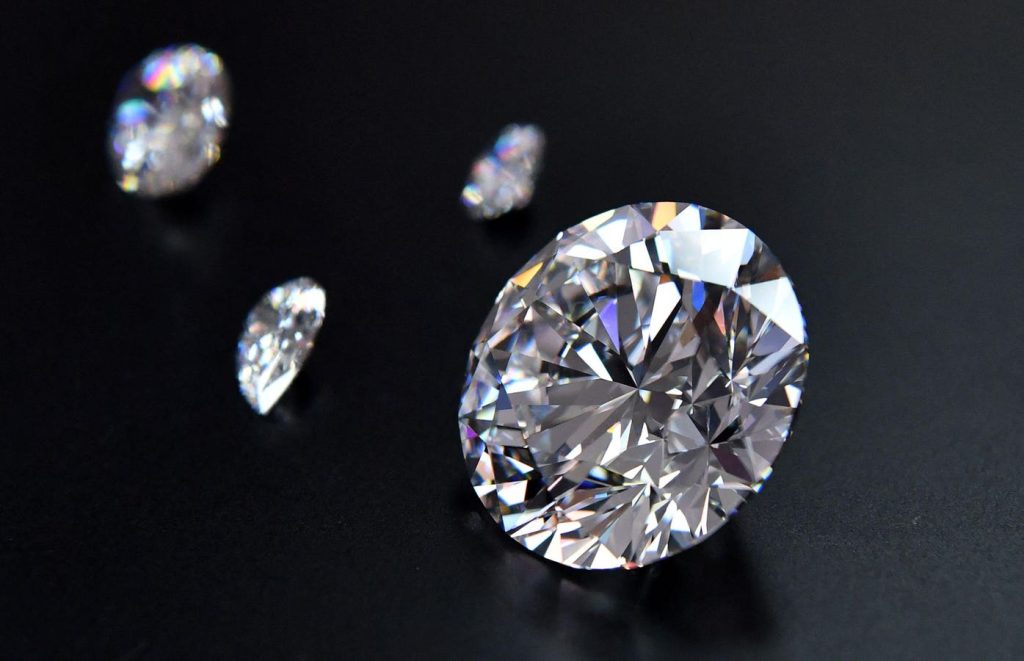The enduring allure of diamonds as symbols of love and commitment has been meticulously cultivated through decades of strategic marketing, most notably by De Beers. The ubiquitous “two months’ salary” guideline for engagement rings has become ingrained in societal expectations, perpetuating the notion that a diamond’s value is intrinsically linked to its price. However, the emergence of lab-grown diamonds offers a compelling alternative, providing chemically identical stones at a fraction of the cost, potentially disrupting the traditional diamond market and challenging long-held beliefs about value and sentimentality. This alternative allows consumers to access the brilliance and beauty of diamonds without the hefty price tag, raising questions about the true meaning of luxury and the evolving definition of a “forever” stone.
Lab-grown diamonds, created through sophisticated technological processes like High-Pressure/High-Temperature (HPHT) synthesis or Chemical Vapor Deposition (CVD), mirror the chemical composition and physical properties of their mined counterparts. The key difference lies in the timescale of formation: while natural diamonds require billions of years to develop within the Earth, lab-grown diamonds can be produced in a matter of weeks. This rapid production cycle contributes to their significantly lower price point, making diamond ownership accessible to a broader consumer base. The indistinguishable nature of lab-grown diamonds, even under gemological scrutiny, challenges the traditional emphasis on rarity and exclusivity as primary drivers of value in the diamond market.
Despite the compelling advantages of lab-grown diamonds, mined diamonds retain a distinct appeal rooted in their natural origins and cultural significance. The inherent rarity and unique geological history of each mined diamond imbue it with a sense of individuality and a tangible connection to the Earth’s history. For some, this inherent uniqueness resonates deeply with the lifelong commitment symbolized by an engagement ring, representing a bond as rare and enduring as the diamond itself. This perspective views the imperfections within a mined diamond not as flaws, but as testaments to its natural formation, enhancing its character and individual beauty.
The cultural weight of tradition further strengthens the appeal of mined diamonds. Entrenched in Western culture as emblems of love and commitment, mined diamonds carry a historical significance that resonates with many individuals and families. The ability to pass down a mined diamond as an heirloom, imbued with sentimental and historical value across generations, reinforces its perceived value beyond its monetary worth. Furthermore, mined diamonds are often seen as a more secure investment, retaining a higher resale value compared to lab-grown diamonds, which are subject to price fluctuations due to technological advancements and increasing supply. This perceived investment potential, coupled with the association of mined diamonds with luxury and exclusivity, contributes to their enduring appeal in the high-end jewelry market.
Lab-grown diamonds present a compelling alternative, driven primarily by their significantly lower cost. This affordability democratizes diamond ownership, allowing consumers to acquire larger or higher-quality stones without the financial burden associated with mined diamonds. The ethical considerations surrounding diamond mining, including concerns about conflict diamonds, environmental impact, and worker exploitation, also contribute to the growing popularity of lab-grown alternatives. Consumers seeking ethically sourced diamonds can find peace of mind in the controlled and transparent production processes of lab-grown diamonds, eliminating concerns about the social and environmental consequences associated with mining. This ethical dimension, coupled with the indistinguishable nature of lab-grown diamonds from their mined counterparts, positions them as a viable and responsible choice for environmentally and socially conscious consumers.
The decision between a mined and a lab-grown diamond ultimately hinges on individual values and priorities. For some, the allure of a naturally formed stone, steeped in history and tradition, holds unparalleled sentimental value. Others prioritize affordability, ethical sourcing, and the peace of mind that comes with a lab-grown diamond. The emergence of lab-grown diamonds has undoubtedly disrupted the traditional diamond market, creating a dual market where mined diamonds maintain their position as luxury items while lab-grown diamonds cater to a broader, more price-conscious consumer base. This evolving landscape empowers consumers to define value on their own terms, whether it’s rooted in tradition, sentimentality, or practical considerations. As the technology behind lab-grown diamonds continues to advance and consumer awareness grows, the debate surrounding the true meaning of a diamond will likely continue to evolve, challenging long-held beliefs and reshaping the future of the diamond industry.

